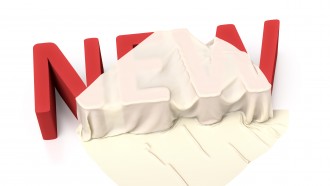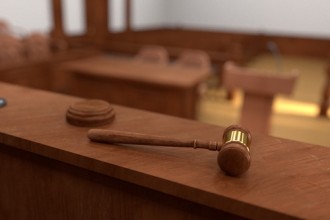November 4, 2013
Entry of Supplemental Evidence a Tough Hurdle to Navigate in IPR Proceedings
Early expectations of inter partes review proceedings were that the PTAB would be reticent to allow supplemental evidence to be entered by either party – there would be no second bites at the apple for participants in IPR trials. As Board decisions have continued to pile up, it is becoming clear that those early predictions were accurate. Here, we summarize a number of Orders directed to the issue of supplemental evidence to prove that point.
Redline Detection, LLC v. Star Evnirotech, Inc., IPR2013-00016 (Paper 24). Petitioner sought to introduce four new exhibits, after the Board instituted an IPR trial in the proceeding. Among the evidence Petitioner sought to include was a declaration of an expert who purported to further explain “several aspects of the references on which the IPR was granted and further helps establish reasons for combining the references…” Order at 2. The Board pointed out that, pursuant to 37 CFR § 42.123, supplemental evidence can be filed within one month of the date the trial is instituted, but that does not mean such a motion will be granted “no matter the circumstance.” Because the evidence sought to be introduced could have been presented with the Petition, the motion was denied.
CBS Interactive, et al. v. Hleferich Patent Licensing, LLC et al,, IPR2013-00033 (Paper 79). Patent Owner argued that Petitioner submitted evidence with its reply brief that should have been included in the Petition. The Board noted that, whether a reply contains arguments or evidence outside the scope of a reply is left to the determination of the Board. “The Board will determine whether a reply contains improper arguments or evidence when the Board reviews all of the parties’ briefs and prepares the final written decision. Should there be improper arguments or evidence presented with a reply, the Board, exercising its discretion, may exclude the reply and related evidence in their entirety, or alternatively, decline to consider the improper arguments and/or related evidence. Briefing from the parties as to whether an argument or evidence is submitted outside the scope of a proper reply rarely is authorized.” Order at 3.
Research in Motion Corp. v. Mobilemedia Ideas, LLC, IPR2013-00016 (Paper 19). Petitioner sought authorization to submit additional grounds of unpatentability based on a motion for summary judgment granted in co-pending litigation, wherein two claims of the subject patent were deemed anticipated. The Board denied the request, finding that the original petition should have included all of the asserted grounds of unpatentability. 37 CFR § 42.104(b).
Blackberry Corp. v. Mobilemedia Ideas, LLC, IPR2013-00036 (Paper 40). Patent Owner convened a conference call with the Board to discuss the reply to the Petition filed by Petitioner. In general, Patent Owner argued that the reply, and related exhibits, were improper because they contained new arguments and evidence that did not respond to arguments raised in the response, but should have been filed with the petition. The Board pointed out that 37 CFR § 42.23(b) sets forth that a reply may only respond to arguments raised in the corresponding opposition or patent owner response and that the Trial Practice Rules state that “a reply that raises a new issue or belatedly presents evidence will not be considered.” 77 Fed. Reg. 48756, 48767. Petitioner sought leave to re-file its reply, eliminating any such new matter. The Board allowed that re-filing.
ZTE Corp., et al. v. Contentguard Holdings, Inc., IPR2013-00139 (Paper 27). In light of the Board’s claim construction in its decision to institute an IPR trial, Petitioner sought to introduce two new references that were deemed “more pertinent to the claimed subject matter than the prior art cited by the petitioner in its petition.” Order at 2. The Board held that the PTO rules do not permit “a petitioner to refrain from initially construing a key claim term…wait for the Board to render a construction for the term, and then ask to submit supplemental evidence based on that construction to bolster its position, particularly if that evidence was in the petitioner’s possession at the time of filing of the petition.” As such, Petitioner was deemed not to have established sufficient basis for submitting the new references.
Illumina, Inc. v. The Trustees of Columbia University in the City of New York, IPR2012-00006 (Paper 82). Patent Owner argued that Petitioner submitted new evidence in violation of 37 CFR § 42.23(b). The Board stated that it would make a determination of whether new issues or new evidence was presented in the reply brief.
Kyocera Corp. v. Softview, LLC, IPR2013-00004 (Paper 32). Patent Owner argued that the evidence cited in its reply brief raised new claim construction issues and new challenges to the patentability of the claims, as well as introduces new prior art and evidence. As such Patent Owner sought to file a Motion to Strike the reply. The Board held that such a motion was unnecessary in view of the fact that the Board will decide whether new issues were raised or new evidence introduced. Order at 2-3.



































